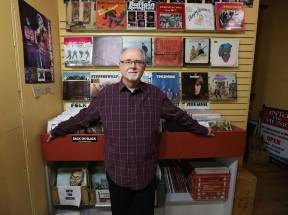All that jazz (and rock, folk, blues, classical…) Expansive history looks at the rich musical tradition that flows through River City
Read this article for free:
or
Already have an account? Log in here »
To continue reading, please subscribe:
Monthly Digital Subscription
$0 for the first 4 weeks*
- Enjoy unlimited reading on winnipegfreepress.com
- Read the E-Edition, our digital replica newspaper
- Access News Break, our award-winning app
- Play interactive puzzles
*No charge for 4 weeks then price increases to the regular rate of $19.00 plus GST every four weeks. Offer available to new and qualified returning subscribers only. Cancel any time.
Monthly Digital Subscription
$4.75/week*
- Enjoy unlimited reading on winnipegfreepress.com
- Read the E-Edition, our digital replica newspaper
- Access News Break, our award-winning app
- Play interactive puzzles
*Billed as $19 plus GST every four weeks. Cancel any time.
To continue reading, please subscribe:
Add Free Press access to your Brandon Sun subscription for only an additional
$1 for the first 4 weeks*
*Your next subscription payment will increase by $1.00 and you will be charged $16.99 plus GST for four weeks. After four weeks, your payment will increase to $23.99 plus GST every four weeks.
Read unlimited articles for free today:
or
Already have an account? Log in here »
Hey there, time traveller!
This article was published 14/12/2021 (1459 days ago), so information in it may no longer be current.
In 1965, John Einarson’s dad bought him a Harmony Silhouette electric guitar for $125 and the author has been plugged into Winnipeg’s music scene ever since.
He began strumming during the city’s peak rock ‘n’ roll period, playing with the Solar Rift Orchestra, but it was the connections Einarson made with the city’s greats, such as Neil Young, Burton Cummings and Randy Bachman, that have struck a chord with fans seeking insight into seminal moments of rock history.
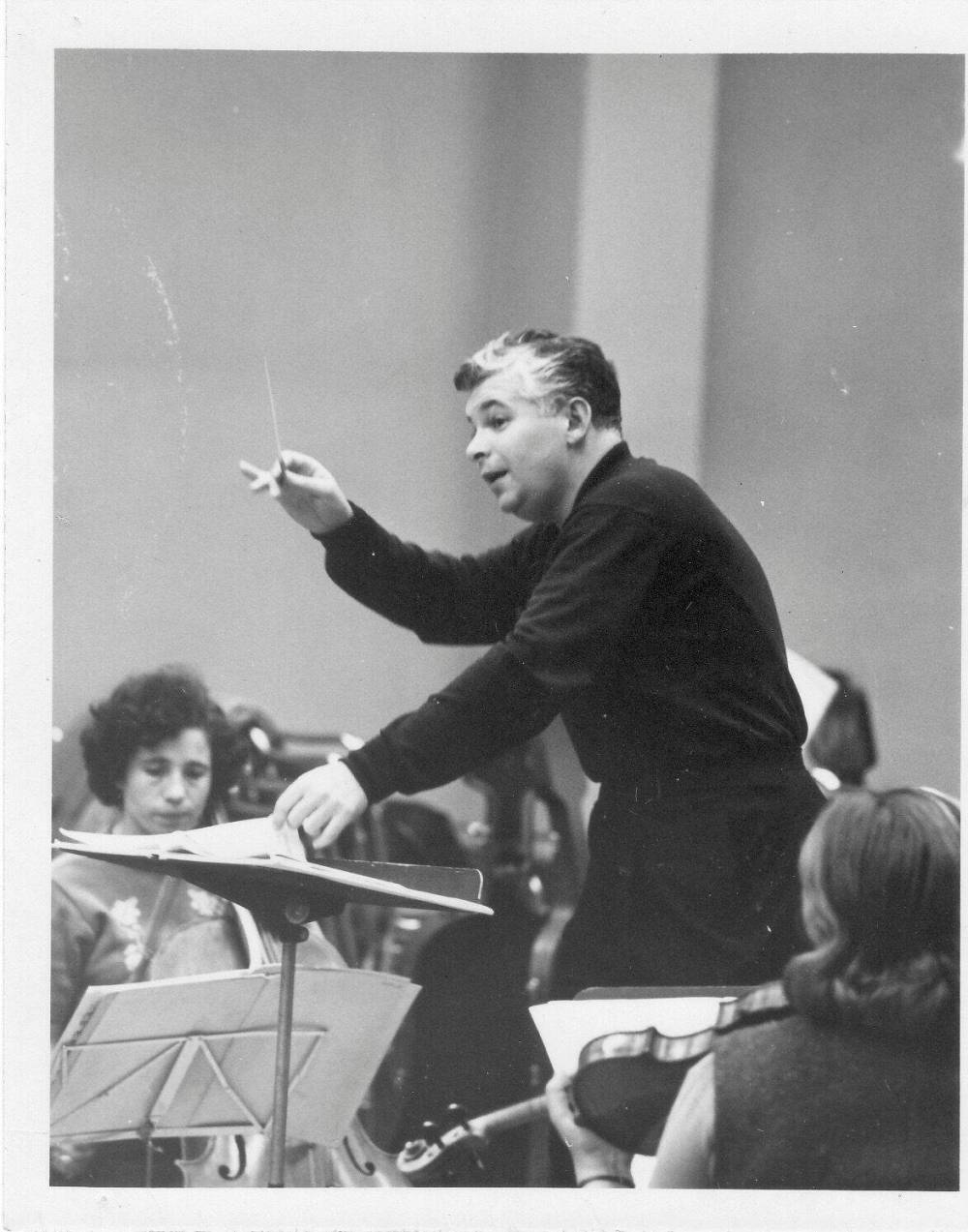
In the 69-year-old’s latest self-published venture, Heart of Gold: A History of Winnipeg Music, Einarson goes far beyond the city’s famous classic rockers to unearth fascinating stories and photographs of overlooked artists and classical music organizations, some of whom date back to the 19th century.
Within its 254 pages and 1,740 index entries, memories of former Winnipeg Symphony Orchestra conductor Victor Feldbrill mix with ones about the Eternals, one of jazz pianist Ron Paley’s first bands. Photos of a young Lenny Breau, the jazz guitar virtuoso, combine with modern musical innovators such as Royal Canoe.
While some of the source material comes from the research Einarson did for dozens of profiles he wrote for the Free Press and other publications over the years, there were music and cultures in Winnipeg he knew little about before starting the book in 2020.
”It was COVID, I had nothing to do, so I decided I wanted to cast a much wider net, because there’s so much more music that comes from this city and so many great unique little music scenes, like in St. Boniface,” Einarson says.
“I’m particularly proud of the chapter on Indigenous music. I’ve shown it to a few people at the Manitoba Metis Federation and David McLeod at (NCI-FM) and they were absolutely blown away. There are so many names named and so many people talked about and the whole scene talked about and it’s never been done like that before.”

Among those named are fiddlers Reg Bouvette and Andy Dejarlis, who recorded almost 100 albums between them from the 1930s to the ’70s, country and rock artists such as Ray St. Germain and Shingoose, and innovative musicians and dancers of the 21st century who blend timeless jigs and reels with 21st-century sounds and technology.
Einarson, who earlier this year collaborated with Errol (C-Weed) Ranville on the country-rocker’s autobiography, Run as One, says a cultural divide in Winnipeg forced Indigenous musicians to perform for mostly Indigenous audiences and prevented their music and their stories from reaching the city’s mainstream.
Meeting blues guitarist Billy Joe Green, who grew up at the Shoal Lake 40 First Nation in eastern Manitoba before making his way to Winnipeg, has brought shocking realizations, Einarson says.
“We’ve talked to each other over the years, we’re roughly the same age, and he grew up listening to Jeff Beck, Jimmy Page, Mike Bloomfield, Jimi Hendrix. When we were 16 or 17 we had the same taste in music, but the sad thing is, we could never have played in a band together because there was segregation that existed in Winnipeg,” Einarson says. “Indigenous musicians played with Indigenous musicians in Indigenous clubs and there was no mixing going on.

“It really opened my eyes to struggles that they had to make it. Being told, ‘We don’t want your kind here,’ meaning they don’t want an Indigenous audience.”
For the days before Elvis Presley and the Beatles revolutionized music, when country music and dance bands ruled the city’s stages, Einarson tapped into the memories one of Winnipeg’s musical treasures, Owen Clark, who drummed for country bands that toured the province in the 1940s before becoming one the key people in the city’s jazz scene.
Not only does Clark provide memories of long-ago nightclubs such as the Rancho Don Carlos (it was located at at Grant Avenue and Pembina Highway, where McMunn & Yates Building Supplies sits today), his many black-and-white photographs from the era — his collection is part of the City of Winnipeg Archives — add colour as well.
”I remember Glen Frain and his Buckaroos by name, but learning all about them and learning about Jack Findlay and his Night Riders, and Bluegrass Bob and the Bobcats. (I was) learning about all these pioneering country acts in Manitoba that played the highways and byways of the whole province but were based in the city,” Einarson says. “(Clark) is largely an unheralded music historian here.”
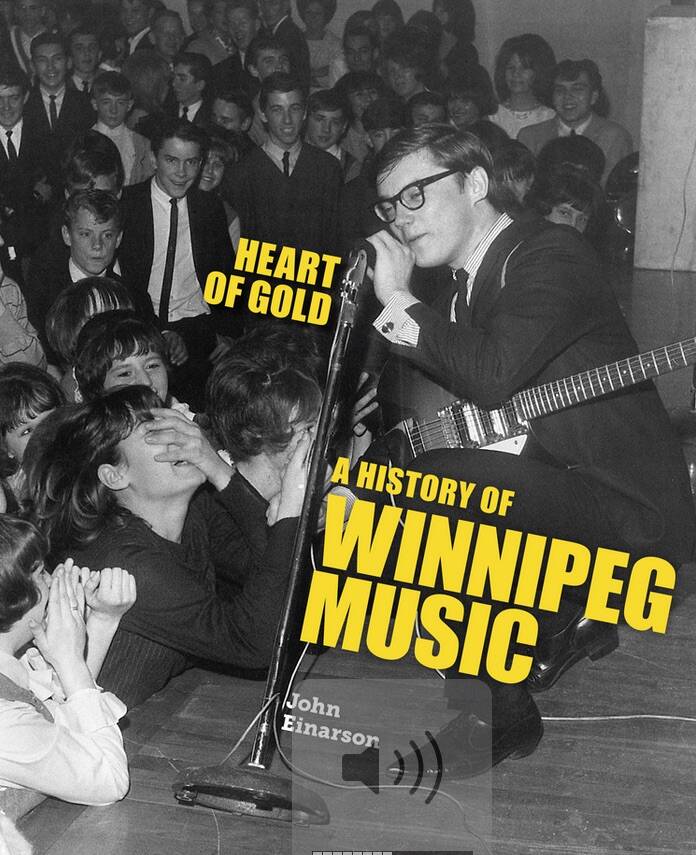
Heart of Gold, which sports a vintage photo of 1960s rocker Chad Allan — the first frontman of the Guess Who — in front of an excited and well-dressed young audience, is Einarson’s 14th book or biography he’s either written or ghost-written.
He says he put up $22,000 to have 500 copies of Heart of Gold published, with about half of them having sold so far on his website, historyofmusic.ca.
On Saturday from 1 p.m. to 4 p.m., he’s holding an official book launch at a fitting location for a Winnipeg music history book: Times Change(d) High & Lonesome Club, which is at the 138-year-old Fortune Block at 234 Main St.
“It’s my gift to Winnipeg, the city that I love and the city that made me who I am,” he says. “(The music scene) is not anything in the water or the climate. It’s the people. The people of Winnipeg.”
Alan.Small@winnipegfreepress.com
Twitter: @AlanDSmall
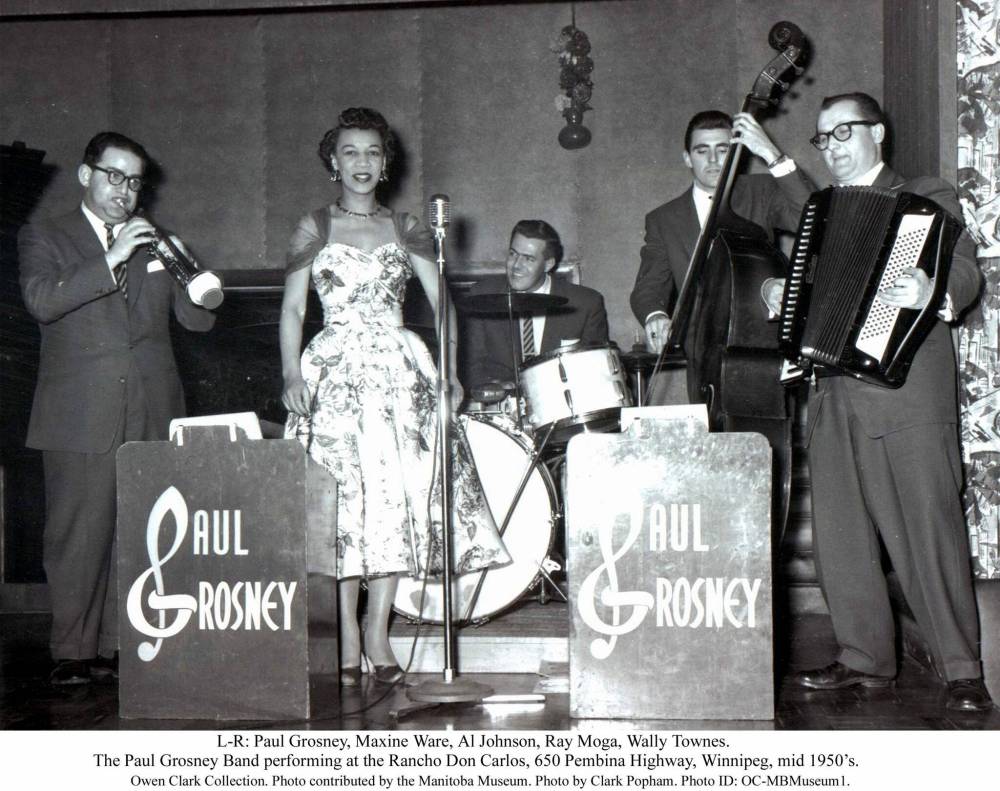
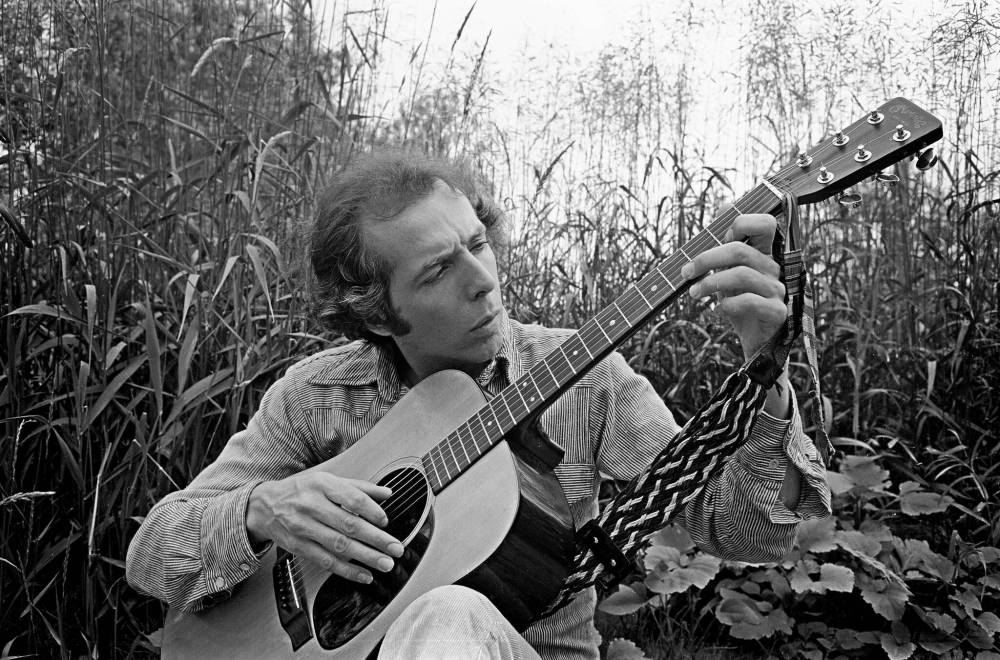
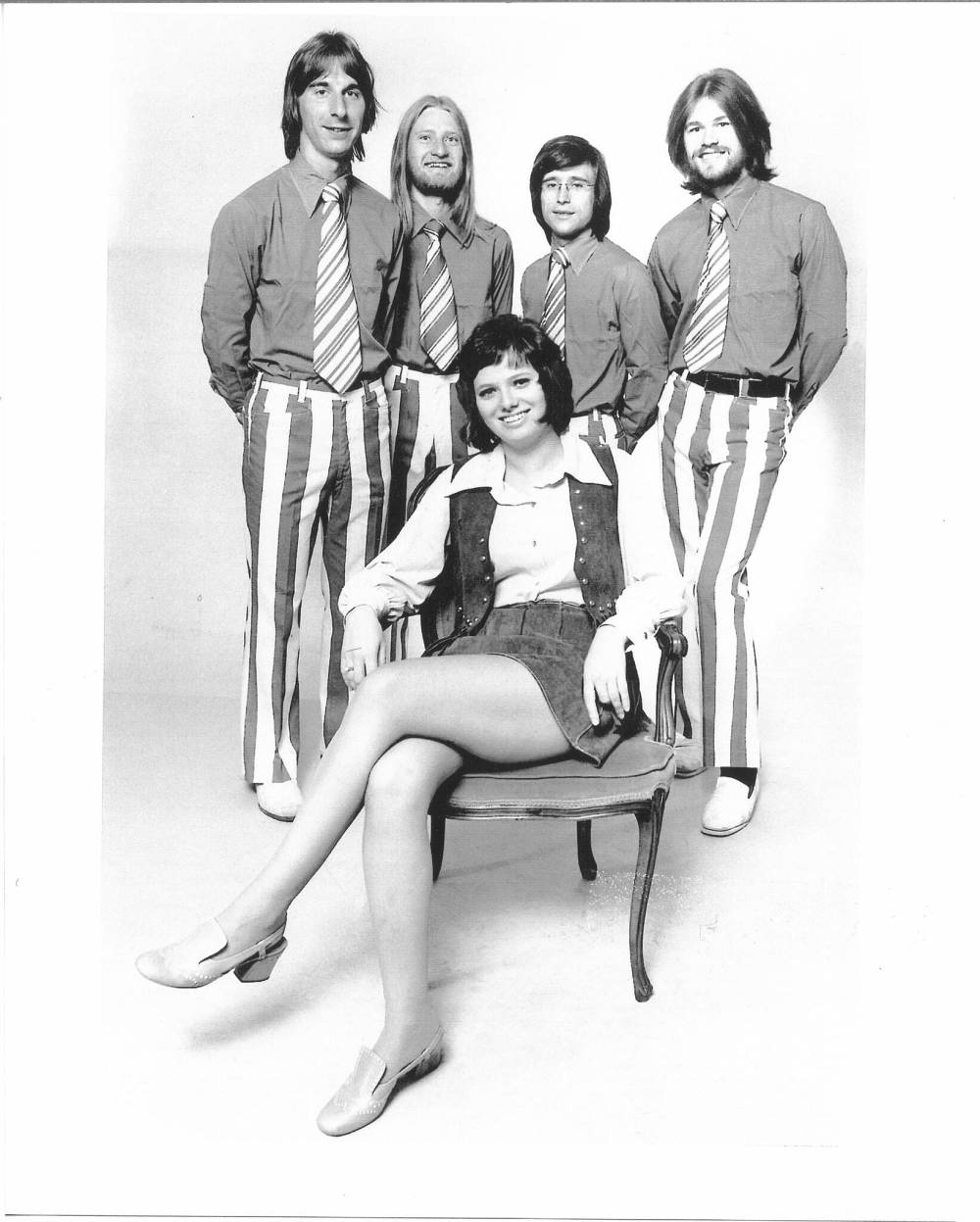
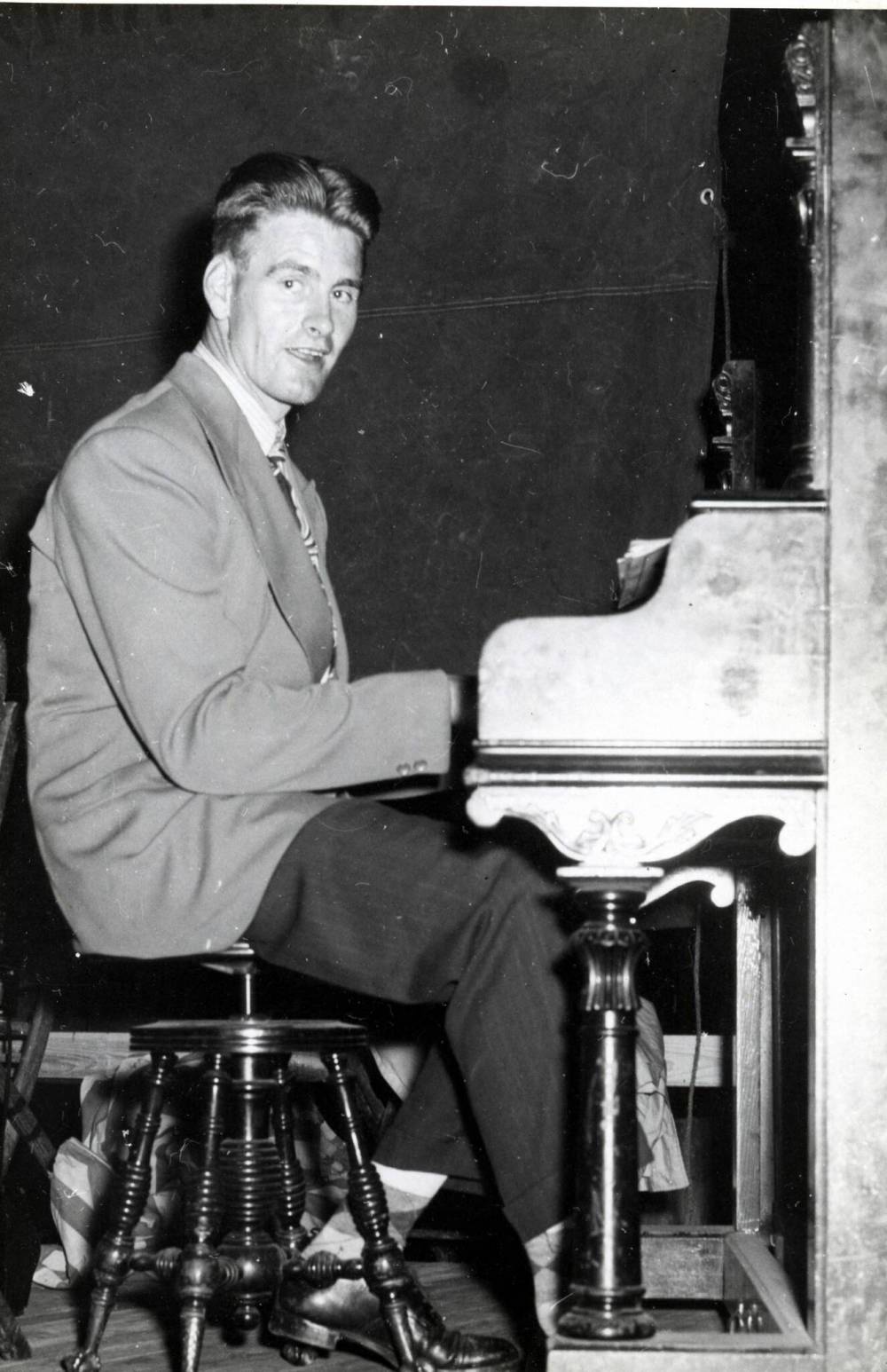

Alan Small has been a journalist at the Free Press for more than 22 years in a variety of roles, the latest being a reporter in the Arts and Life section.
Our newsroom depends on a growing audience of readers to power our journalism. If you are not a paid reader, please consider becoming a subscriber.
Our newsroom depends on its audience of readers to power our journalism. Thank you for your support.
History
Updated on Tuesday, December 14, 2021 9:21 PM CST: Fixes typo.





